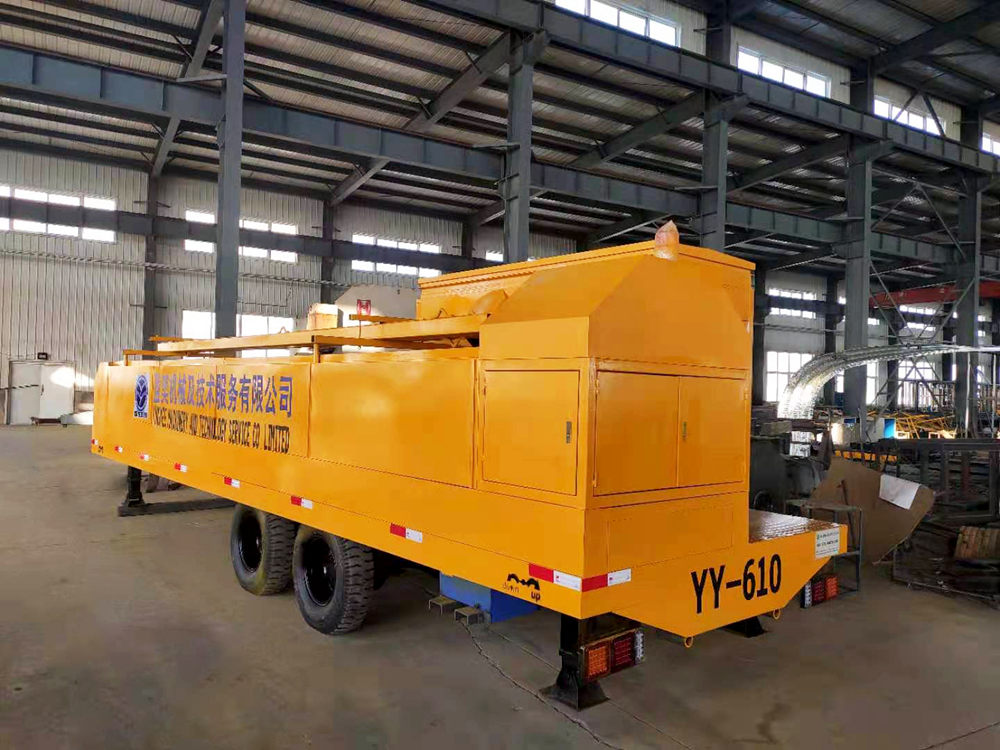
The Evolution and Importance of Guardrail Beam Cold Bending Machines
In the machinery and construction sectors, the demand for safe road infrastructures has consistently driven innovation and technology. One of the most crucial advancements in this domain is the guardrail beam cold bending machine. This specialized equipment plays a pivotal role in manufacturing guardrails that protect vehicles and pedestrians alike, serving as a crucial safety feature on highways, roads, and various public spaces.
What is a Guardrail Beam Cold Bending Machine?
A guardrail beam cold bending machine is designed specifically to shape and form guardrails from metal beams using a cold bending process. Unlike traditional hot bending methods that employ high temperatures to deform materials, cold bending maintains the material at ambient temperature. This technique offers several advantages, including higher precision, reduced energy consumption, and improved mechanical properties of the manufactured guardrails.
The machine typically includes a series of rollers and bending units that adjust to various beam sizes and shapes, allowing for customization based on specific project requirements. This adaptability is essential in meeting different safety standards and regulations encountered across global markets.
The Process From Beam to Guardrail
The process of using a guardrail beam cold bending machine involves several critical steps
1. Raw Material Preparation Steel beams are cut to the desired lengths and cleaned to ensure a smooth bending process. The quality of the steel is vital, as it affects the overall performance of the guardrails.
2. Bending Process The beams are loaded into the cold bending machine, which applies precise pressure to bend the steel into the required shapes. The machine is programmed to follow specific angles and curves, ensuring uniformity across all pieces produced.
3. Quality Control After bending, each guardrail beam undergoes rigorous quality checks. This step is vital to ensure that the finished product meets safety standards and can withstand the forces it may encounter on the roadside.
4. Surface Treatment Following quality assurance, the guardrails often receive protective coatings to prevent rust and corrosion, ensuring longevity and durability. This treatment is essential for guardrails that face environmental elements such as rain, snow, and UV radiation.

Advantages of Cold Bending Technology
The cold bending process, implemented by guardrail beam bending machines, comes with numerous advantages
- Cost-Effectiveness Cold bending reduces the need for additional heating, thereby lowering energy costs and facilitating a more economically viable manufacturing process.
- Precision and Versatility These machines are capable of producing complex shapes and sizes, ensuring that guardrails can be tailored to specific project needs without compromising safety.
- Material Integrity Cold bending preserves the integrity of the metal, minimizing the risk of warping or weakening the material, which is crucial for maintaining the structural strength of guardrails.
- Reduced Waste The precision of the bending process means less waste material, contributing to sustainability in manufacturing practices. This efficiency benefits both the environment and the bottom line.
The Future of Guardrail Beam Cold Bending Machines
As the world continues to prioritize road safety, the technology behind guardrail beam cold bending machines is expected to evolve. Advancements in automation, artificial intelligence, and machine learning will likely enhance the capabilities of these machines, allowing for even greater precision and efficiency in production.
Furthermore, as cities and countries invest in infrastructure improvements, the demand for reliable and effective guardrail systems will persist. Guardrail beam cold bending machines will remain at the forefront of this industry, ensuring that safety standards are met and that road users can navigate with confidence.
In conclusion, guardrail beam cold bending machines are not just tools but vital contributors to road safety and infrastructure development. Their efficient design and operation have revolutionized the way guardrails are manufactured, making roads safer for everyone. As technology advances, the future of these machines holds even greater promise, paving the way for innovations that will continue to protect lives on the roads.